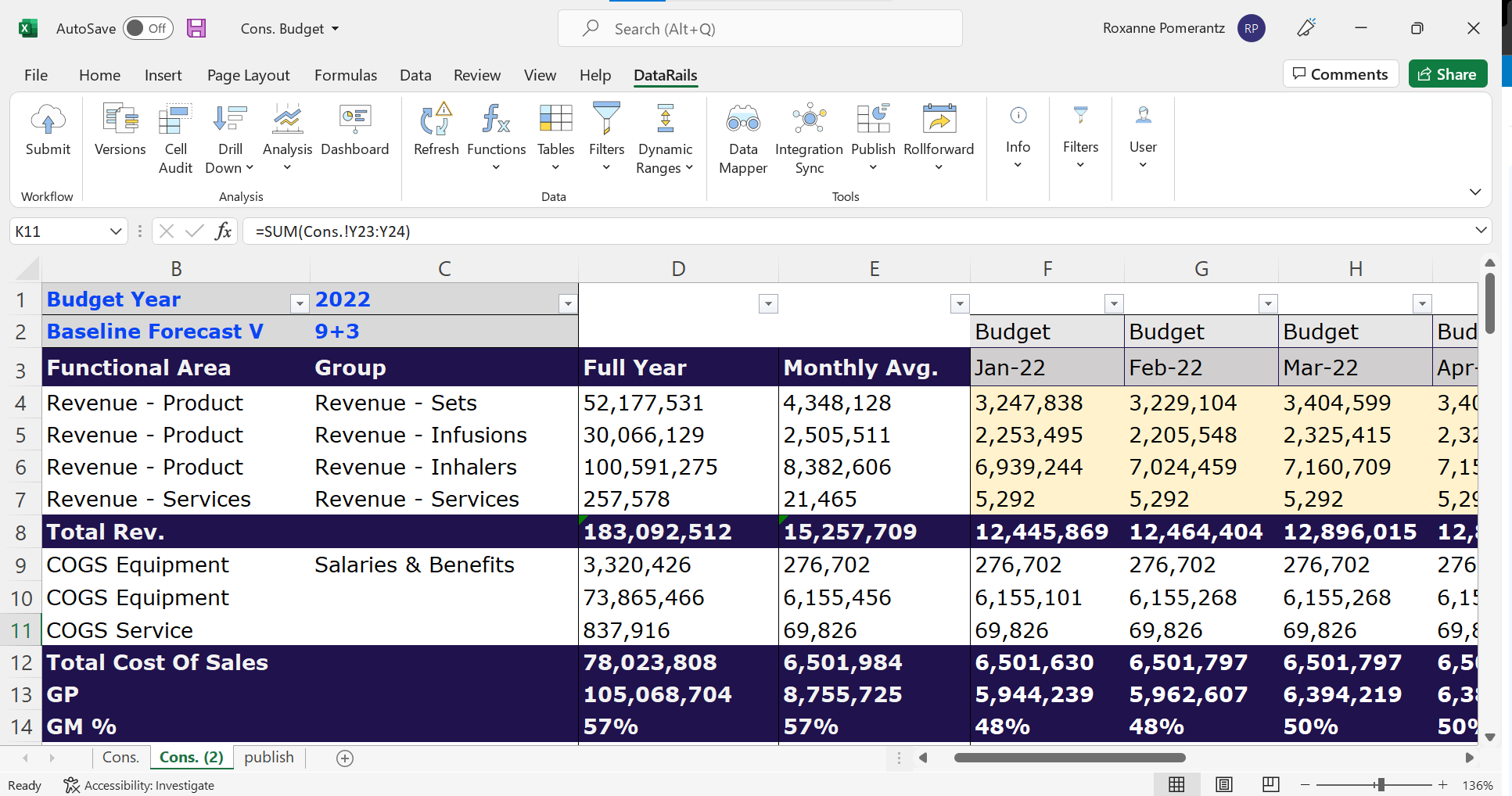
Ad Hoc Reporting in Excel — The Complete Guide Datarails
When to Use Ad Hoc Analysis and Data Analysis. Photo by Campaign Creators on Unsplash. An organization with a clear and defined understanding of its decision-making process can interject the data-driven benefits that both ad-hoc and data analysis offer. The choice between either or both comes from the project's objectives, resources, and needs.
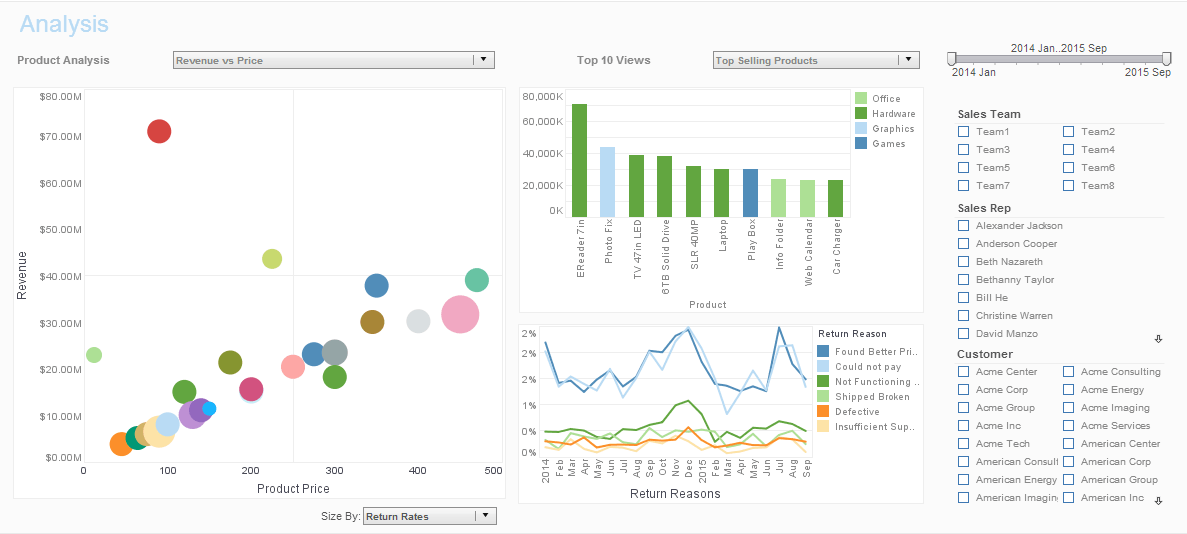
Layout Tools Ad Hoc Reporting Software
Alex Pletnov Chief Technical Officer Co-authors What Is Ad Hoc Analysis? A Comprehensive Guide to On-Demand Data Exploration I. Introduction II. Understanding Ad Hoc Analysis III. Types of Ad Hoc Analysis IV. Ad Hoc Analysis Tools and Techniques V. Best Practices for Effective Ad Hoc Analysis VI. Challenges and Limitations of Ad Hoc Analysis VII.
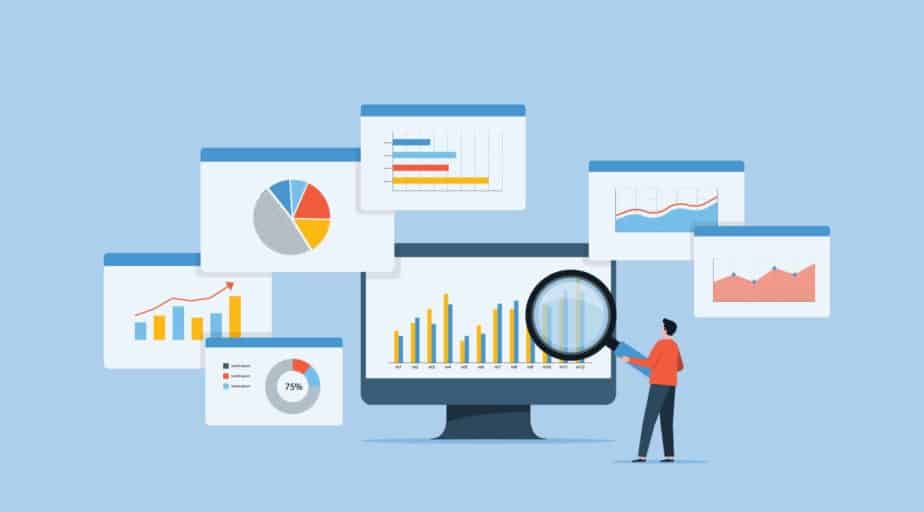
6 Step Ad Hoc Analysis for Business Questions Datameer
How to Implement Ad Hoc Reporting Get Your Data Sorted. This is a mammoth project and requires an overhaul of all your computer systems. Start with a data governance strategy that complies with the GDPR and other relevant laws. Bring all your data together in one centralized location. Put data management systems in place that ensure people can.
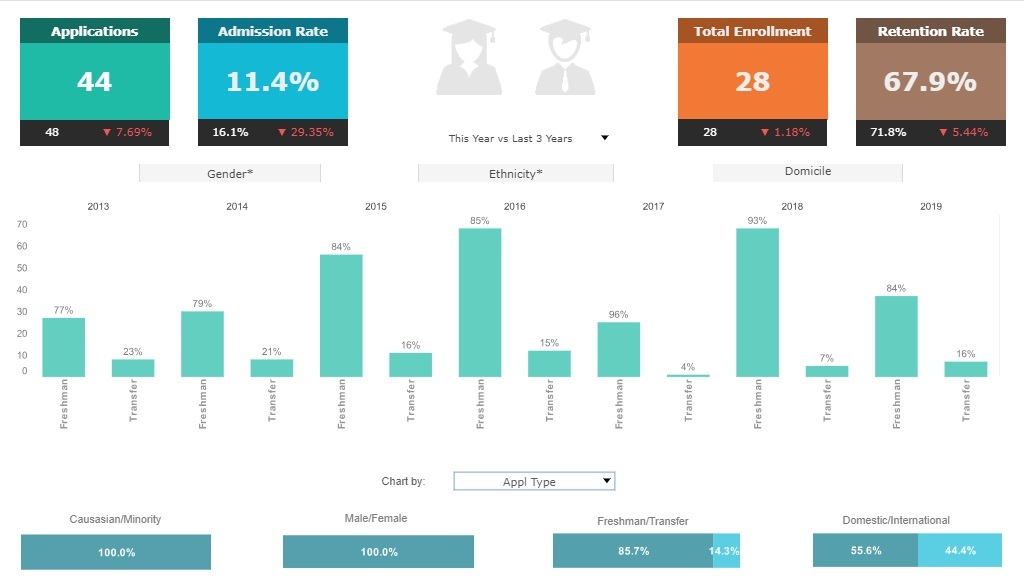
Ad Hoc Report Analysis Product Features & Benefits
Ad hoc analysis refers to the process of conducting analysis on a specific set of data to answer a particular business question that may arise unexpectedly. It involves creating a custom report or visualization that provides quick and meaningful insights to stakeholders who require an immediate answer to a specific problem.
Ad Hoc Analysis and Reporting The Key to Big Business Decision Analysis
End-users pick the fields they want to create dynamic, ad-hoc data sets and then have all the tools at their fingertips to convert data into KPIs, Maps, Charts, and interactive drill-down reports and dashboards. After the IT team connects to the data, builds the semantic layer, and applies roles and security, DashboardFox is a user-driven tool.
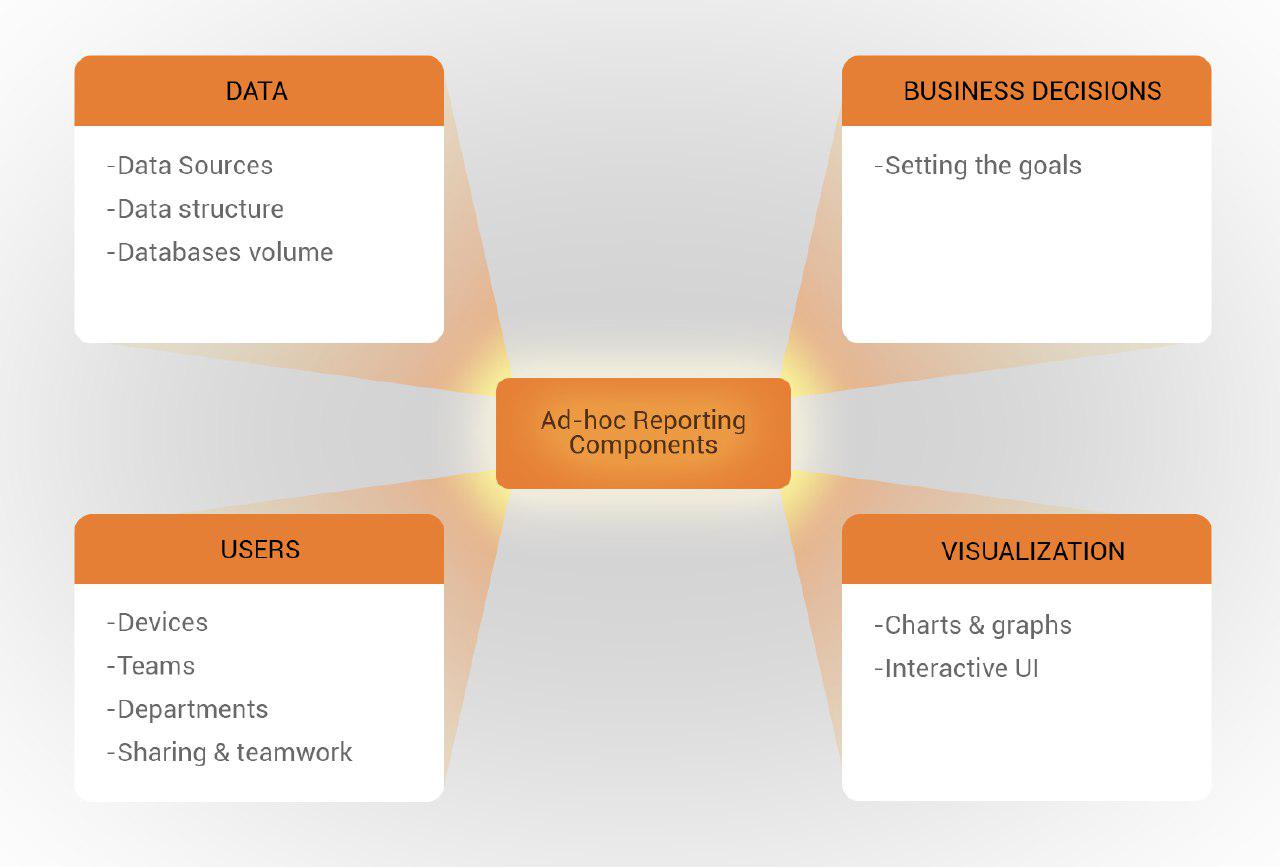
What is Ad Hoc Reporting? Types of Ad Hoc Reports in business intelligence, Ad Hoc data analysis
Ad-hoc reporting is a powerful tool for businesses to gain valuable insights and make data-driven decisions. By allowing real-time data analysis and interpretation, ad hoc reporting enables businesses to stay informed and respond quickly to changing market conditions. The customizability and flexibility of ad hoc reporting further enhance its.

What Is Ad Hoc Analysis? BI Glossary Sisense
What is ad hoc analysis? Ad hoc analysis is a business intelligence ( BI) process designed to answer a specific business question by using company data from various sources. A report helps stakeholders assess an event and formulate actionable next steps.
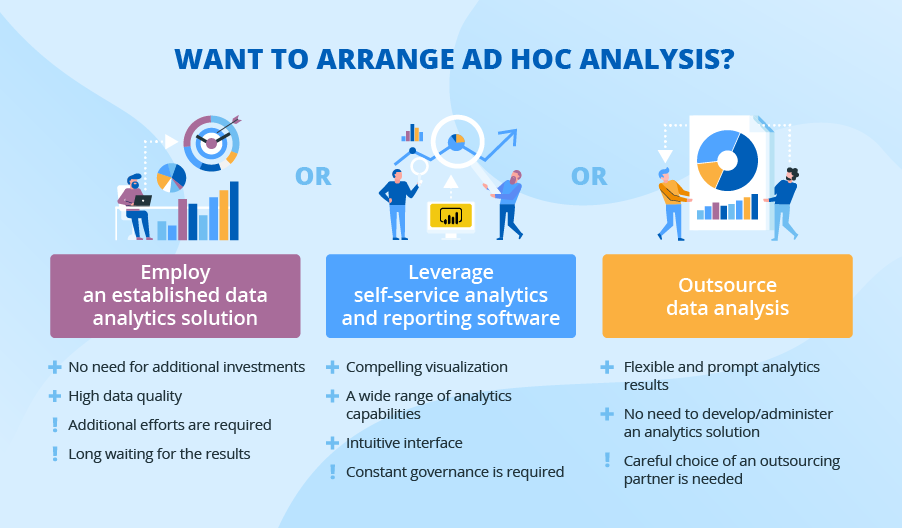
Ad Hoc Reporting and Analysis to Get Quick Answers to Burning Questions
As the data team, we can see a decrease in the number of simple ad-hoc requests and let us focus on longer-term projects. As the stakeholders, they learn new skills and will be able to get the requested data faster by themselves (without relying on the data team and the queued ad-hoc requests).

Ad Hoc Report Analysis Product Features & Benefits
Ad hoc data refers to information that is gathered and analyzed on-demand, specifically for a particular purpose or situation. Unlike structured data, which is pre-defined and organized, ad hoc data is flexible and can be customized based on the specific needs of the user. In this article, we will explore the concept of ad hoc data in detail.

What is Ad Hoc Reporting? Meaning & Analysis Examples
Ad hoc analysis is a business intelligence (BI) process companies use to answer critical one-off questions in real time. It allows for spontaneous and agile decision-making during strategic discussions, making the reporting process flexible at the risk of less accuracy.
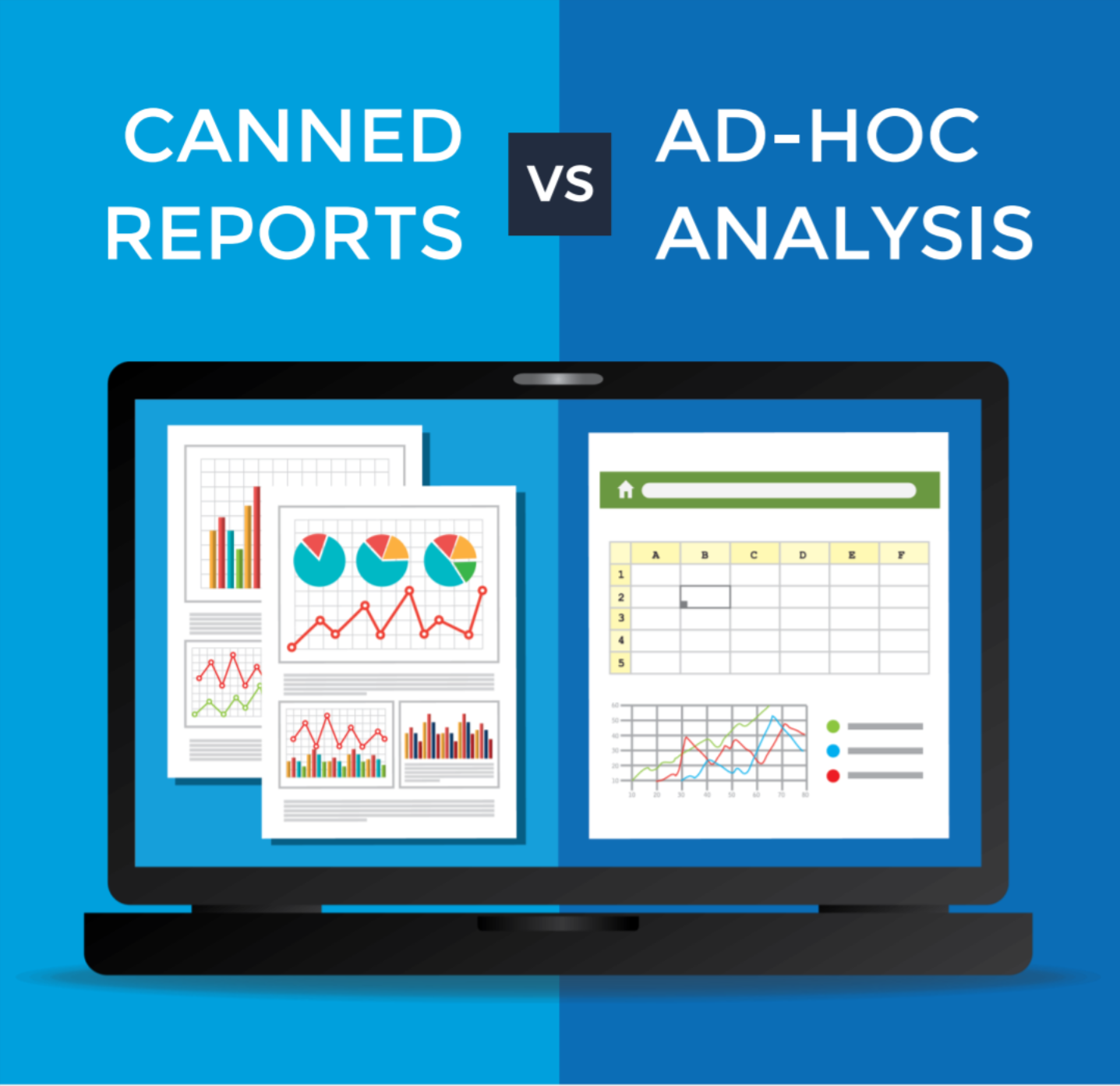
Canned Reports vs. Adhoc Analysis Which to Use and When [Infographic]
Ad hoc reporting is a business intelligence process used to quickly create reports on an as-needed basis. Ad hoc reports are generally created for one-time use to find the answer to a specific business question, such as how many support tickets were resolved last week or how many calls a salesperson made yesterday.
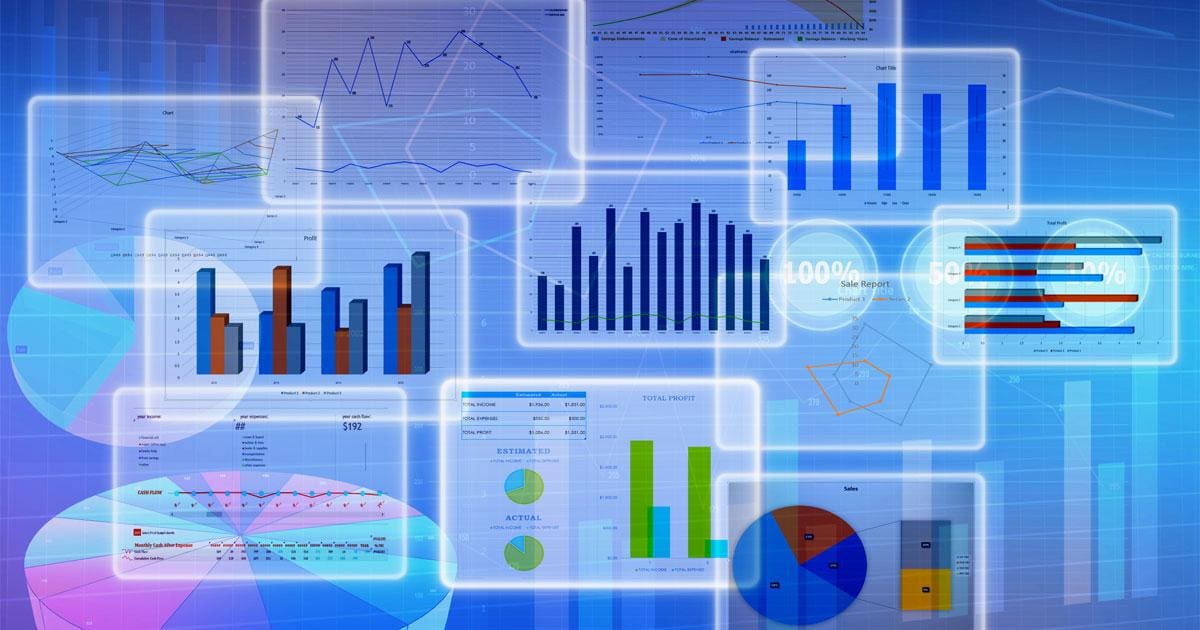
What Is Ad Hoc Reporting & Analysis? Definition, Benefits & Goals NetSuite
Ad hoc reporting gives companies a great deal of flexibility when it comes to seeking immediate, narrow answers from their real-time data. Benefits of ad hoc reporting. Ad hoc reporting tools come with many benefits for your business. Easy to use. Ad hoc reporting tools are designed for use by people with no training in the technical or.

What is Ad Hoc Reporting and Analysis? Example and Benefits
Ad hoc queries are particularly important for business analytics and decision-making as it provides an efficient, bespoke way for users to examine trends, patterns, and any other variables related to the data set. This type of query allows users to ask specific questions, instead of just asking the questions defined by the analytics team when a.
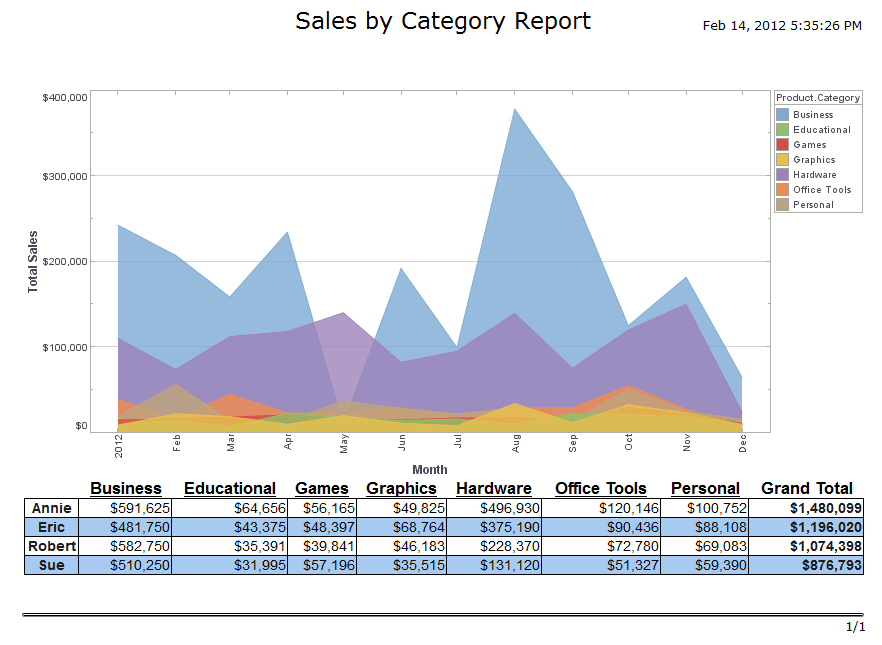
Ad Hoc Analysis and OLAP Tools
Ad-hoc data analysis eliminates this limitation by providing instant access to the data and empowering users to conduct analysis on the fly, reducing the time and effort required to gain insights. For instance, a marketing team may need to quickly analyze the performance of their latest campaign. With ad-hoc data analysis, they can instantly.
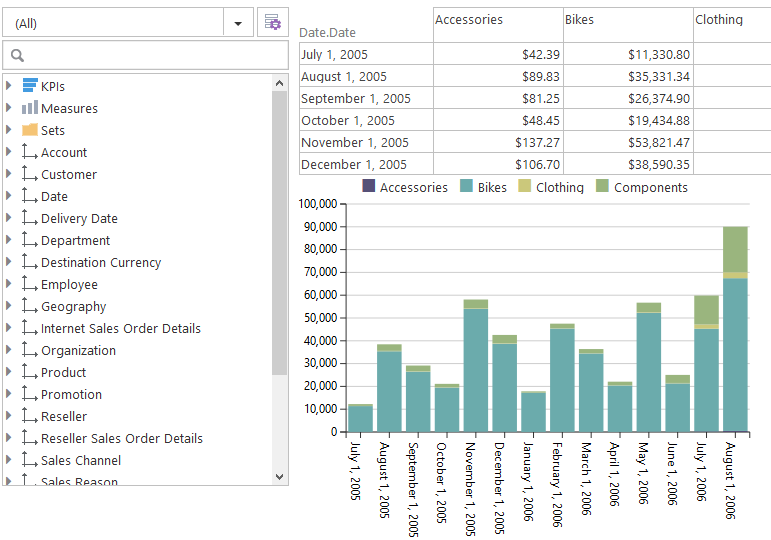
What is Ad Hoc Reporting? Types of Ad Hoc Reports in business intelligence, Ad Hoc data analysis
Ad hoc reporting is a quickly generated report used once to address a specific business question. Ad hoc reports can be created as a one-page data table, a comprehensive crosstab report, or a visualization report that can be a dashboard view displaying graphical information.
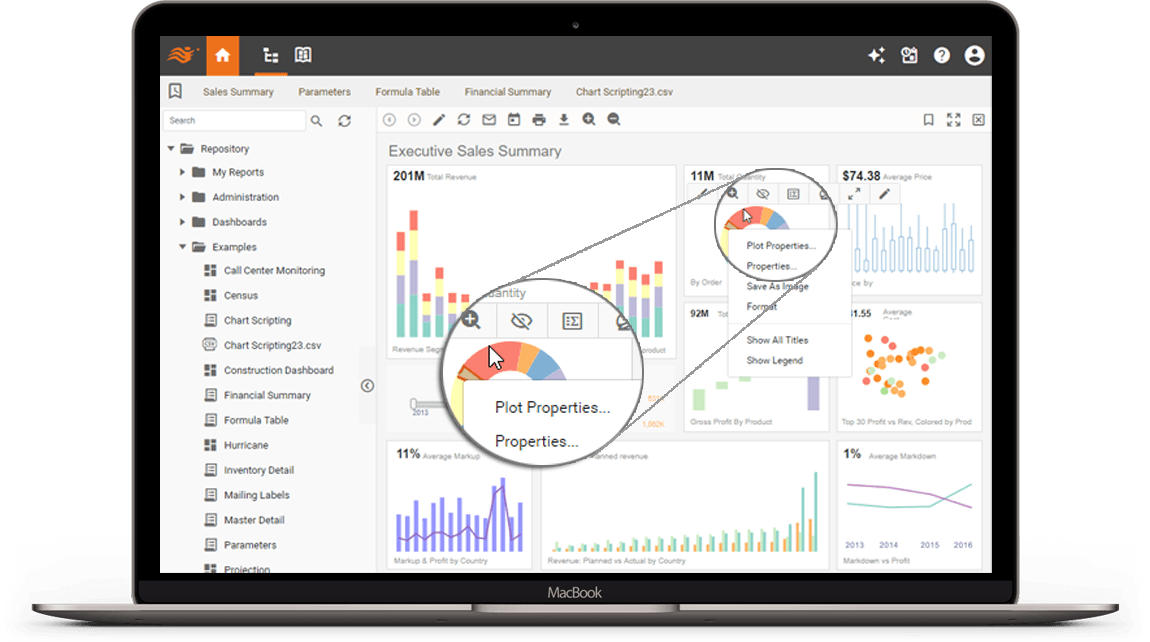
Ad Hoc Reporting and SelfService Visualization
Creating a new ad hoc report in Power BI is a straightforward process. First, select the data source, such as a SQL Server database or Excel workbook. Next, open the Power BI Desktop, click on the "Get Data" button, and select the desired data source. Once the data is loaded into Power BI Desktop, users can start creating a new report by.